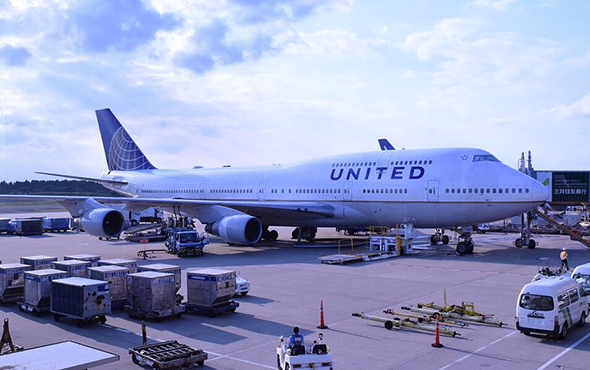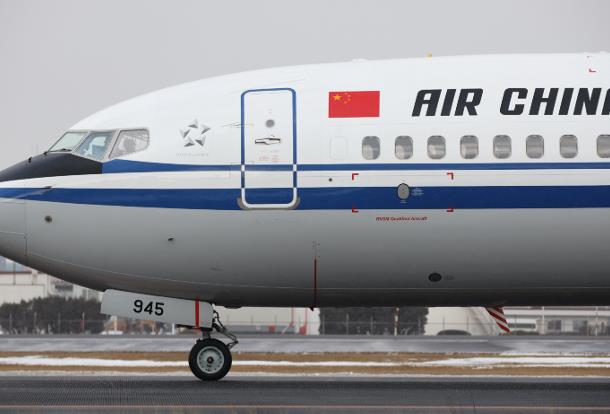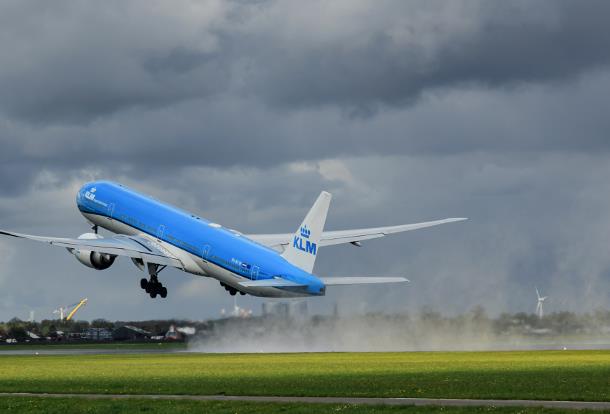United Airlines launches second non-stop service to China’s tier-two city in two months, and looks to long-term operation out of lower-tier cities based on prudent evaluation of a destination’s economic and consumption potential.

United Airlines launched a non-stop flight service between Hangzhou and San Francisco on July 15, hot on the heels of the May launch of its Xi’an-San Francisco route. It is uncommon for an international carrier to introduce two direct air routes between China and the US within a year.
The US carrier is currently flying to Beijing, Shanghai, Chengdu, Xi’an and Hangzhou, with a total of 87 weekly flights to and from China, including those to and from Hong Kong. The frequency far exceeds those of other US carriers.
From Shanghai alone, United Airlines is operating five direct routes to and from Chicago, Los Angeles, San Francisco, Newark and Guam. Despite Hangzhou’s proximity to Shanghai, UA still opts to run a year-round non-stop route linking the city with San Francisco.
Marcel Fuchs, the airline’s vice president of Atlantic and Pacific sales, said that United Airlines’ Hangzhou and Shanghai routes complement each together.
Of the 700, 000 US visa applications in eastern China last year, 450, 000 applications were from Shanghai, indicating that there is ample demand for US-bound flights in other eastern Chinese cities yet to be fulfilled.
There are statistical indications that China may replace UK as the top international visitor source market for the US. An increasing number of China’s lower-tier cities are endeavoring to expand their international flight services to Europe and the US.
While the traffic rights in top-tier cities Beijing, Shanghai, Guangzhou and Shenzhen are basically exhausted, the second- and third-tier cities in China still have plenty of traffic rights for expanding air services, which give them the flexibility to operate virtual “Open Sky” policy.
United Airlines evaluates the potential of a tier-two destination based on economic development, tourist numbers and consumption power, and by doing so plans to serve a route for 30 years or longer. (Translated by Jerry)




